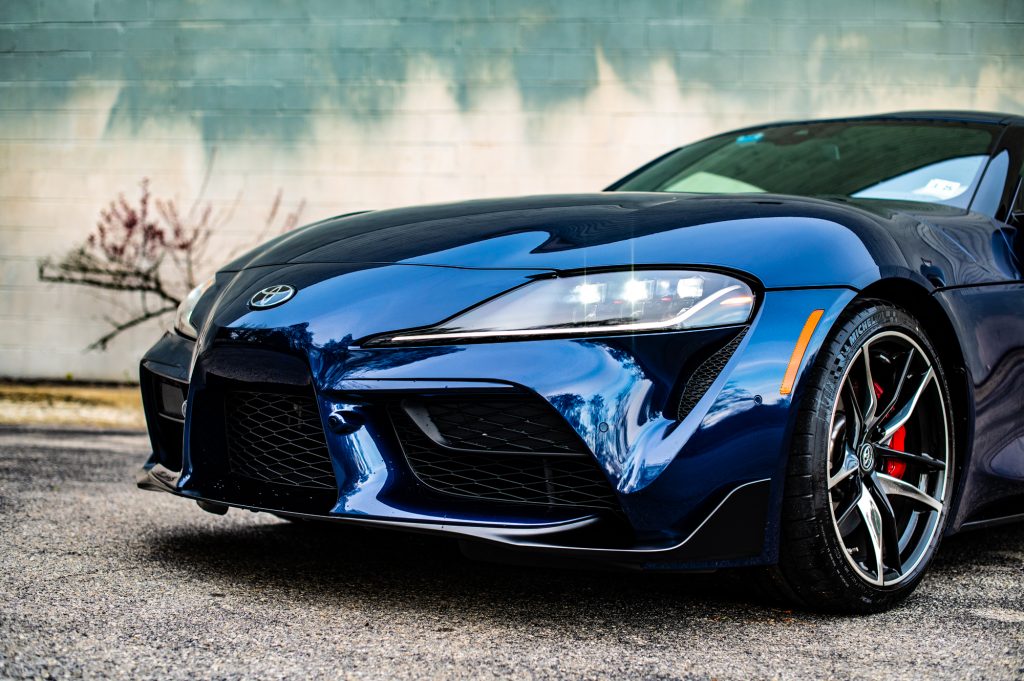Interview: Kevin Hunter, President of Toyota’s Calty Design Research
We talk cars and design process with the head of California’s original car design center

For the last decade Kevin Hunter has been the president of Calty—Toyota’s design research center in Newport Beach—but he’s worked there for nearly 35 years. When Calty opened its doors in 1973, it was the first Southern California-based design center for any major auto manufacturer and the beginning of a deeper recognition that the California market is both important and distinctive. Calty employs 100 designers that work on future concepts and production vehicles, with fame ranging from the original Toyota Celica to the more recent Lexus LF-LC concept. After a rare visit inside Calty, we sat down with Hunter to learn more about his background, his approach to design and his perspective on the future of automotive.
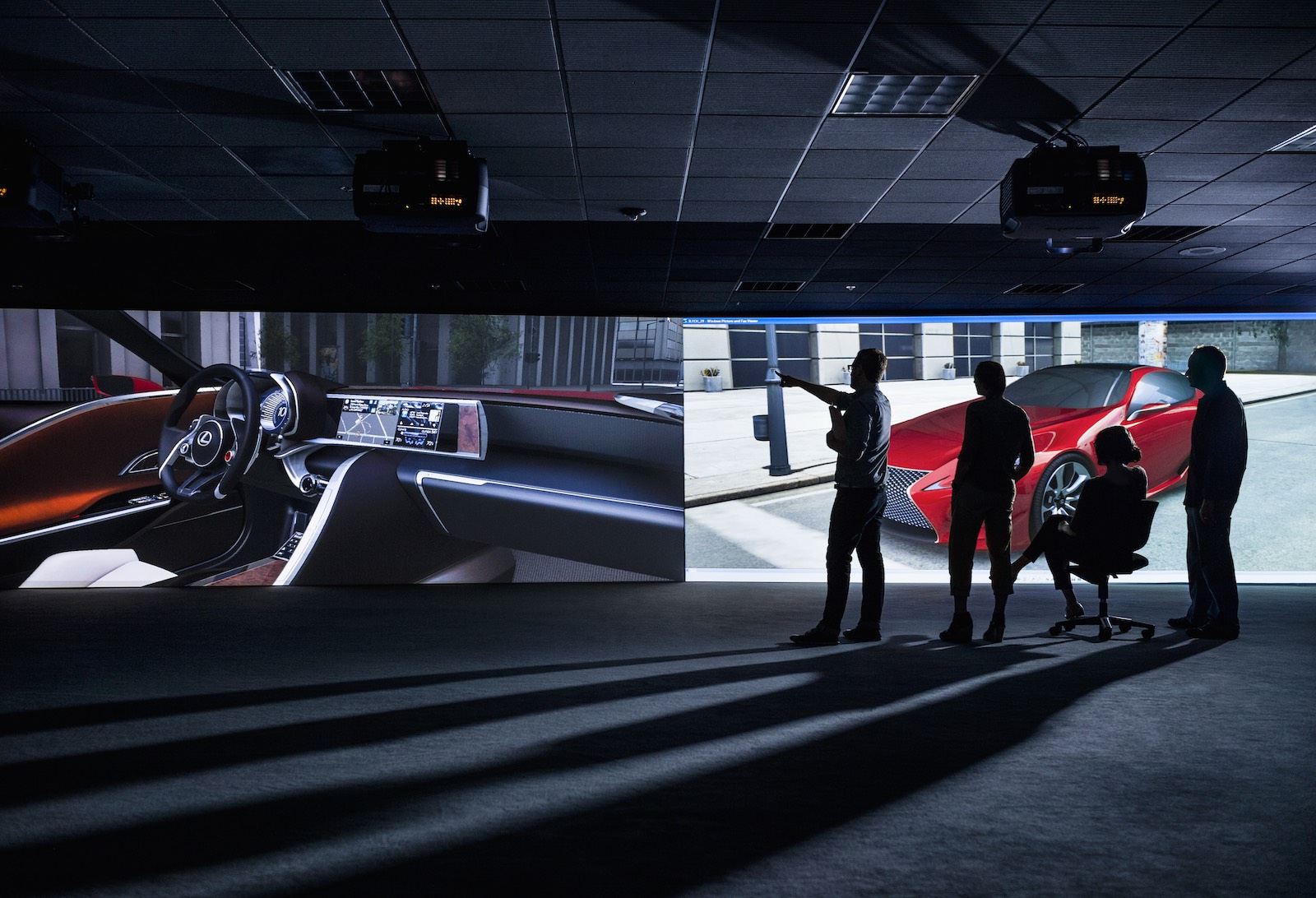
When did you first become passionate about automotive design and were the two always a pairing for you—or did one lead to the other?
Honestly for me, I always loved drawing. I loved art, and I probably from very early on just started. I drew all the time, I sketched every night—cars, planes—and I loved architecture too.
I’m from Detroit originally, and my whole family worked in the car business, so cars were always part of our life. I heard conversations all the time—every day—about cars, and probably started getting interested in my mid-teens, when I thought, “Maybe this is something that I would really enjoy doing.”
I have a bit of a pragmatic mind as well. I love the science of design and art—and blending those together, to where they meet. So cars were kind of a natural direction for me in terms of how my mind works.

So many cars we see on the road now are influenced by the capability of software in design—things you can do in the various programs have really evolved. And I look at so many cars and see designers having fun and being playful with the tools. From software through manufacturing, it’s possible to realize forms that we never have been able to imagine before. Do you think we’re in an era of tools influencing design, or design influencing the tools? What are your thoughts about the relationship between the two?
I think it can go either way, but I like to think the tools give us more capability to imagine things we might not be able to imagine on our own. Even at Calty from way back we’ve felt that new process can lead to some new creation, some new aesthetic, something different. So I really think that digital—if we’re talking about digital tools right now—it’s amazing how quickly we can edit. One thing it gives designers is freedom to try a lot of different things; you’re not so handcuffed to say, “OK, I have to get this right the first time or I’m gonna spend a lot of time having to redo everything.”
I’m not saying it’s easy to create, but it’s a lot easier to create a lot of stuff quickly
It really gives a lot more freedom, but whether it’s more enjoyable, I’m not sure. I was raised on an analog design process. We sketched and drew everything on paper with marker; you screwed something up, you had to start completely over. Now, it’s just so easy, but in some terms I wonder if it’s too easy. It still takes a lot of deep thought about where we want to go, and if you look around a car show, there’s just a proliferation of design going on, and if you don’t think carefully about what you’re doing, you’re gonna be on top of somebody else’s design—you’re going be doing what they’re doing. So while it’s easier to sketch fluidly, sometimes the intellectual side of where we’re going from an artistic point of view is getting left behind and we’re just creating, creating, creating, but are we really creating?
Even as I look around a car show, I see a lot of really nicely executed, but not-so-inspiring design for the most part, so I hope we can take a step back in this digital tool era and think more carefully. I don’t think it’s about quantity, it’s just about quality of creation. We’re missing a little bit of that right now because—I’m not saying it’s easy to create, but it’s a lot easier to create a lot of stuff quickly.
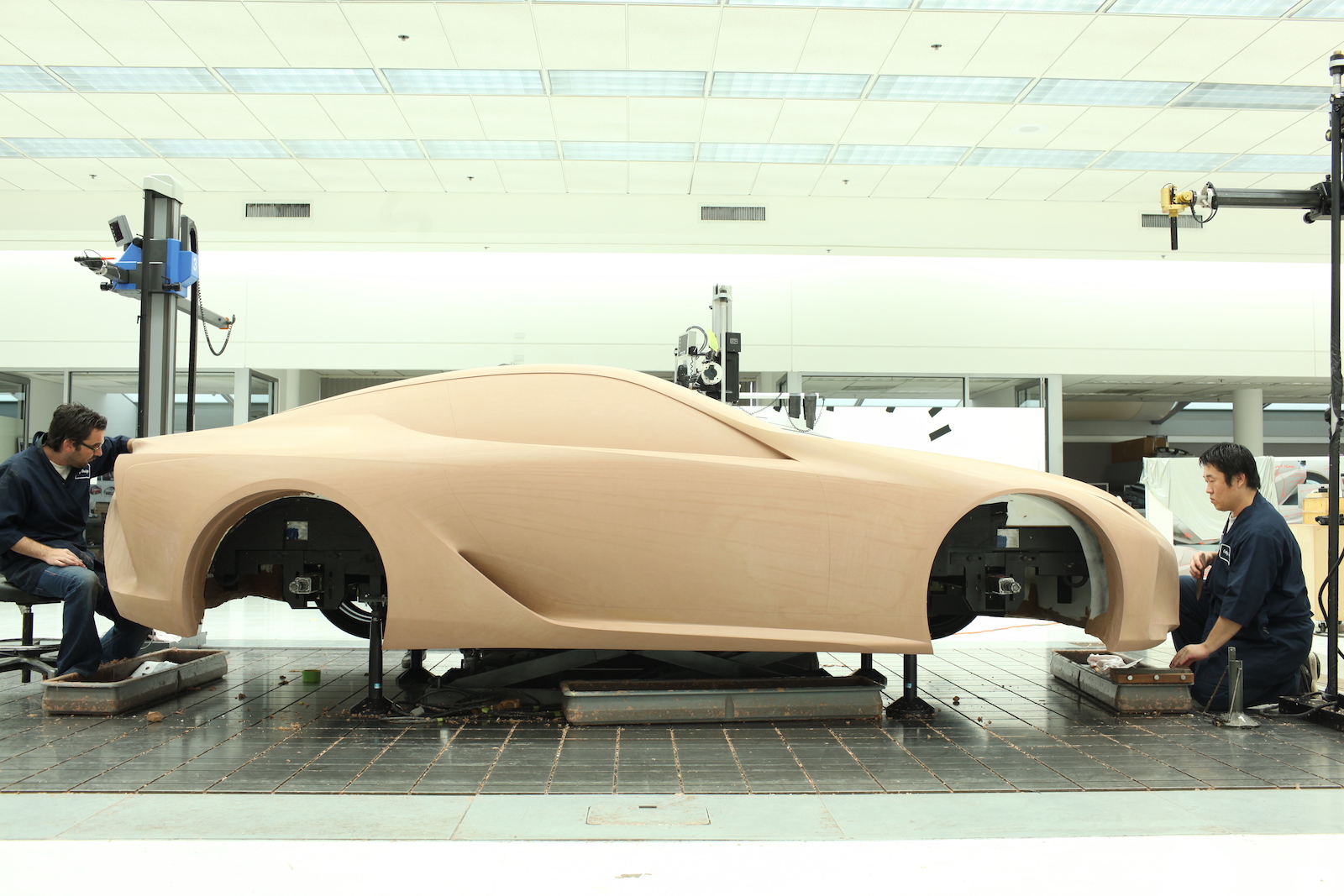
I’m glad to hear you say that. It’s something that’s been on my mind for a while now, just some of these forms are getting really gratuitous, and moved away from brand, moved away from purity, moved away from the essence of what car design used to be—just to be showstoppers.
Another way I think about design is it’s an exercise in problem-solving. We see this every day in the automotive space. What are some of the next constraints or problem-solving that you’re thinking about moving forward?
Near-term, it’s all the safety regulations that come into play. For example, pedestrian impacts of laws are weighing heavy on front-end design because we need a lot of crush-zone now in certain areas for a body to come up on the hood, so front-ends are getting taller and heavier. At the same time, at Toyota, we’re trying to lower our sense of gravity in our designs, and we have all new packaging in our Corolla platforms and our Camry platforms that are lower, but sometimes pedestrian impact forces us to raise things up again, so that’s a big challenge—in terms of not getting design that feels too heavy and awkward.
Longer term, a big turn for us (and I know it’s in the entire industry, nothing new) is user experience. It’s kind of new for car designers because for so many years we just made forms, like, “Let’s make something look hot, make it look cool, emotional,” but there’s a real functional aspect—especially on the interior of cars now that’s coming into play. We really have to catch up to people’s expectations of what automobiles should be and how they should interact with their cars, with their interior of cars.
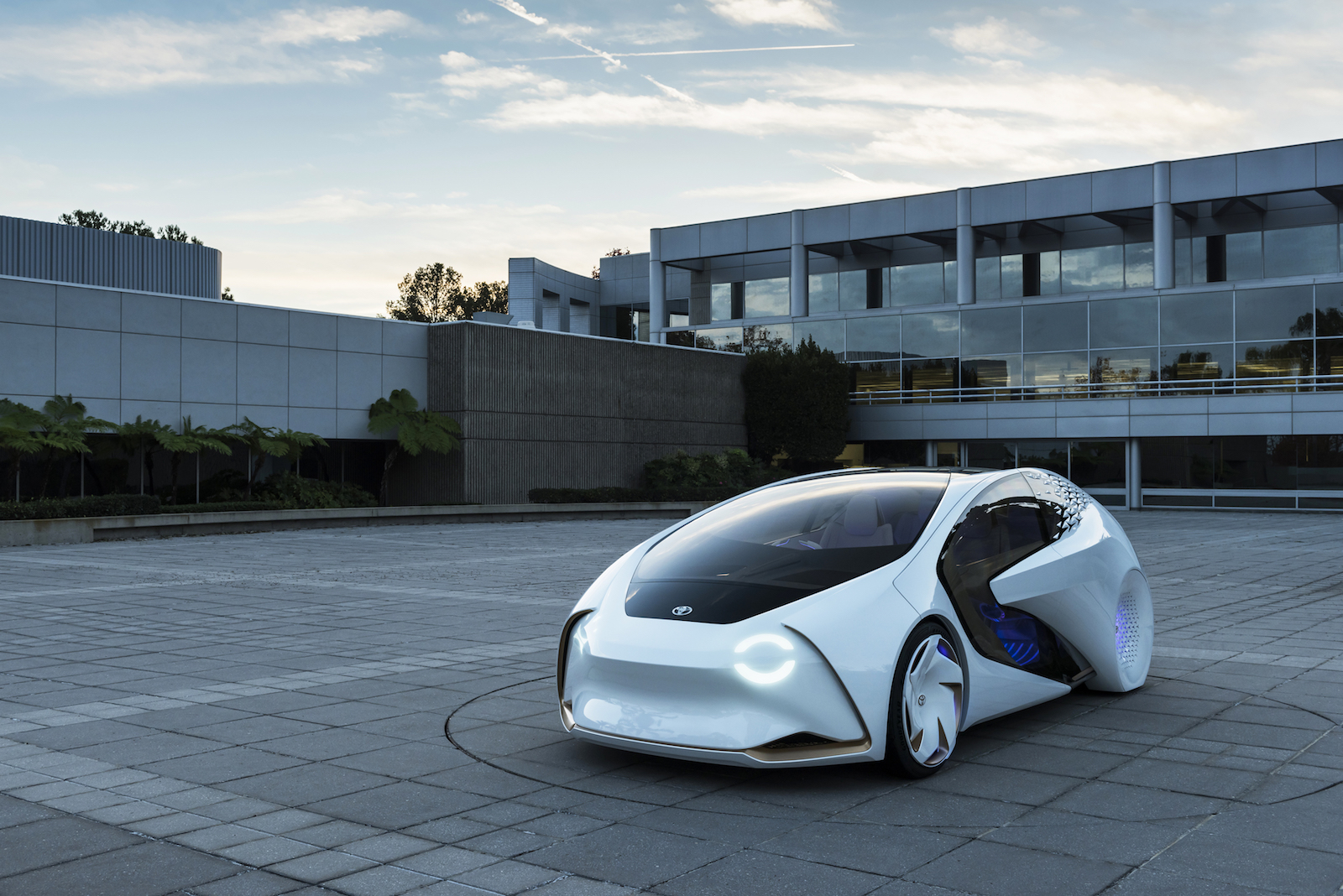
Thinking about electric vehicles and autonomous vehicles, and looking back at the Prius, for example, it set a new design language that communicated hybrid. When we first started talking about hybrids, that was the image in everyone’s head. It was a unique and distinctive design, and the design didn’t literally communicate the fact it was a hybrid, but it still was a new direction that expressed a new, important future. How necessary is that? Looking at autonomous or electronic vehicles, is it important for the design to communicate, “Hey, I’m autonomous” or “I’m an EV”?
I think in the hybrid space it’s not so important anymore because hybrids have gotten a lot more mainstream. With the Prius we still aim for a unique image because we still view it as Toyota’s technology showcase, so we’re trying to aim for a different level of design. Regarding EV, pretty soon there are going to be a lot of car companies with EVs, and I don’t necessarily think somebody wants something strange-looking just because it’s an electric vehicle. Maybe back a little while ago it was interesting because they were so rare, but again, I think not so rare anymore. However, functionally there could be a reason for cars to look different. Maybe you don’t need to see out of cars like you used to. Maybe we have cameras around vehicles so there’s a whole new shift in how we can imagine the shape of a car and things that stick off of cars… in the window area to the body area as well, so I’m curious about that point as we move ahead.
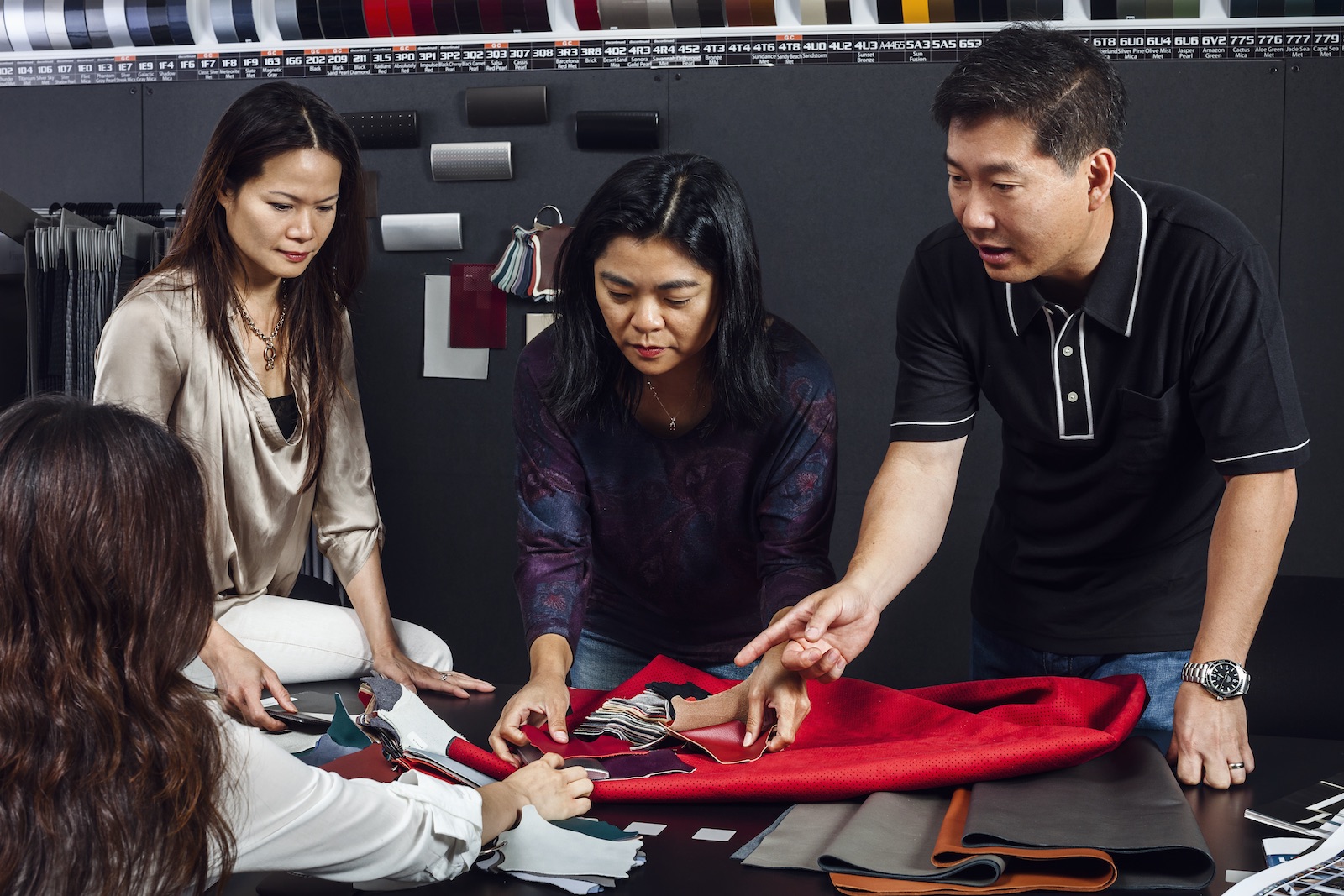
I think maybe near term, it’s going to be important for other people on the road to understand what vehicles are autonomous, but at that same time that might be dangerous. If people are worried about the autonomous vehicles and they’re trying to get around it, then that could be curious. But I think to me it’s the interior design opportunities of autonomous vehicles get really interesting when we don’t all have to be facing the same direction, and we don’t all have to be paying attention to the road. So I’m excited about the space. I haven’t seen anyone really execute something that’s totally genius, but it’s still been interesting to watch. There’s a long way to go, would you agree?
Well, I think sometimes we assume with self-driving cars there are never accidents, I guess, so when you see these interiors where they’re literally like lounges and people are facing backwards and sideways, that’s assuming possibly no crashing, but I don’t know if that’s a reality, unless it’s a super-controlled environment, where you can almost guarantee there’s no cars are ever going hit each other.

Shifting gears, one thing I really enjoyed walking through Calty was one hallway showing the history of imagery, color, materials. It was such a pleasure to reconnect with the palettes and patterns of the past. I understand why colors today are so boring, from a business standpoint, but what’s your favorite over whatever time period for color and vehicle pairing?
I have so many different things I like. One thing that just catches my eye is the ‘50s era. It was really fun, and playful and different. Today we’ve gotten just really boring or so afraid to try anything new because we think, “Well, if it doesn’t sell, then we’re screwed and we can’t move on.”
We always develop what we call “character colors,” but mostly they’re used for marketing purpose to generate interest. And we know we’re gonna sell two percent of those colors—maybe four or five percent at the most and they’re super-limited. For me that era was fascinating—I love the patterns, textures, color combinations, brightwork. Even now I’ll go to classic car shows and look at those cars. A few decades ago they didn’t do anything for me, but lately as I’m seeing more boredom in the auto industry, I look back at those and I really appreciate what designers did in that era.
Images courtesy of Calty
